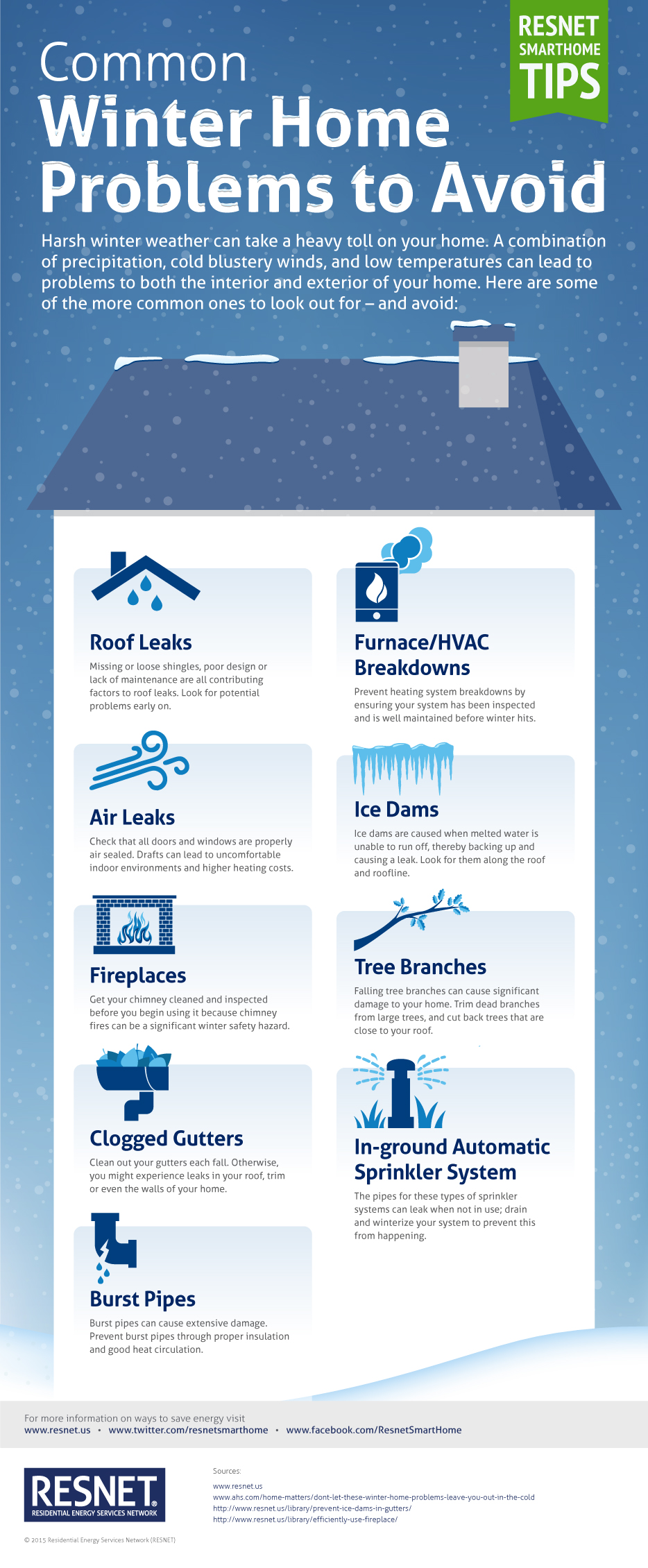Stay Clear Of Costly Roof Covering Setup Errors By Discovering Essential Methods For Product Option
Stay Clear Of Costly Roof Covering Setup Errors By Discovering Essential Methods For Product Option
Blog Article
Content Produce By-Yang Miranda
When you're planning a roof installation, it's simple to ignore critical details that can cause considerable troubles down the line. You could be tempted to reduce corners on material option or miss proper blinking setup, but these usual mistakes can bring about pricey repairs later on. Recognizing the value of ventilation and sticking to neighborhood building codes is vital for an effective project. So, what are the vital steps you should take to guarantee your roof stands the test of time? Allow's check out some effective techniques to prevent these challenges.
Poor Material Choice
When it pertains to roof covering installment, selecting the incorrect products can bring about expensive issues down the line. You might believe that any roof material will do, but that's a common misunderstanding. It's important to select materials that fit your neighborhood environment and the particular requirements of your home.
For example, if you live in an area with heavy rain or snow, going with asphalt tiles might not be the best choice. Instead, consider more durable choices like steel or slate.
Additionally, pay you could try these out to the top quality of the products you're considering. Low-cost products might save you cash upfront, but they often do not have durability and can result in regular repair services or replacements.
You should also think of the style of your home and make sure the products you select will maintain its aesthetic allure.
Lastly, do not neglect to talk to experts. They can offer important understandings and recommend products that follow local building ordinance.
Investing time in correct material option currently can help you prevent headaches and expenses in the future, making your roof task a success.
Inadequate Flashing Setup
Selecting the appropriate products isn't the only factor that can lead to roof issues; inadequate blinking setup can also develop significant problems. Flashing is important for routing water away from prone locations, such as chimneys, skylights, and roofing valleys. If it's not set up properly, you run the risk of water intrusion, which can bring about mold growth and architectural damages.
When you set up flashing, guarantee it's the best type for your roofing system's layout and the neighborhood environment. For simply click the up coming web site , steel flashing is usually more sturdy than plastic in areas with hefty rainfall or snow. See to it the flashing overlaps appropriately and is protected tightly to avoid voids where water can seep with.
You must likewise take notice of the installment angle. Blinking ought to be placed to route water away from your home, not toward it.
If you're unsure concerning the installment process or the products required, speak with a specialist. They can assist recognize the best flashing choices and guarantee every little thing is set up properly, guarding your home from prospective water damages.
Taking these steps can conserve you time, cash, and frustrations down the road.
Neglecting Ventilation Demands
While several homeowners concentrate on the visual and architectural facets of roofing installment, disregarding air flow requirements can cause major long-term repercussions. Proper air flow is vital for controling temperature and wetness degrees in your attic, stopping issues like mold growth, timber rot, and ice dams. If you don't install appropriate air flow, you're setting your roofing system up for failing.
To avoid this mistake, first, analyze your home's specific ventilation needs. A balanced system typically consists of both consumption and exhaust vents to advertise air movement. Ensure you've mounted soffit vents along the eaves and ridge vents at the height of your roof covering. This mix permits hot air to escape while cooler air gets in, maintaining your attic room room comfy.
Additionally, think about the type of roofing material you have actually selected. Some materials may call for additional ventilation methods. Ascertain your neighborhood building codes for ventilation guidelines, as they can differ significantly.
Lastly, don't neglect to evaluate your ventilation system consistently. Obstructions from particles or insulation can impede airflow, so maintain those vents clear.
Conclusion
To conclude, preventing typical roof covering installation errors is key to guaranteeing your roof covering's long life and performance. By picking the ideal products for your climate, setting up blinking effectively, and attending to air flow requirements, you can prevent expensive issues in the future. Do not neglect to familiarize on your own with local building codes and timetable normal assessments. With these actions, you'll appreciate a risk-free, long lasting roof that secures your home for many years to come. Happy roof covering!
